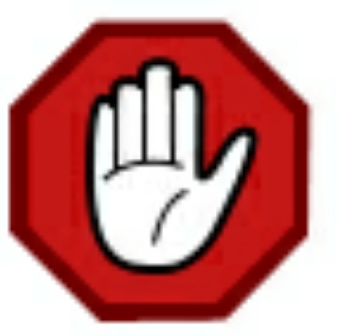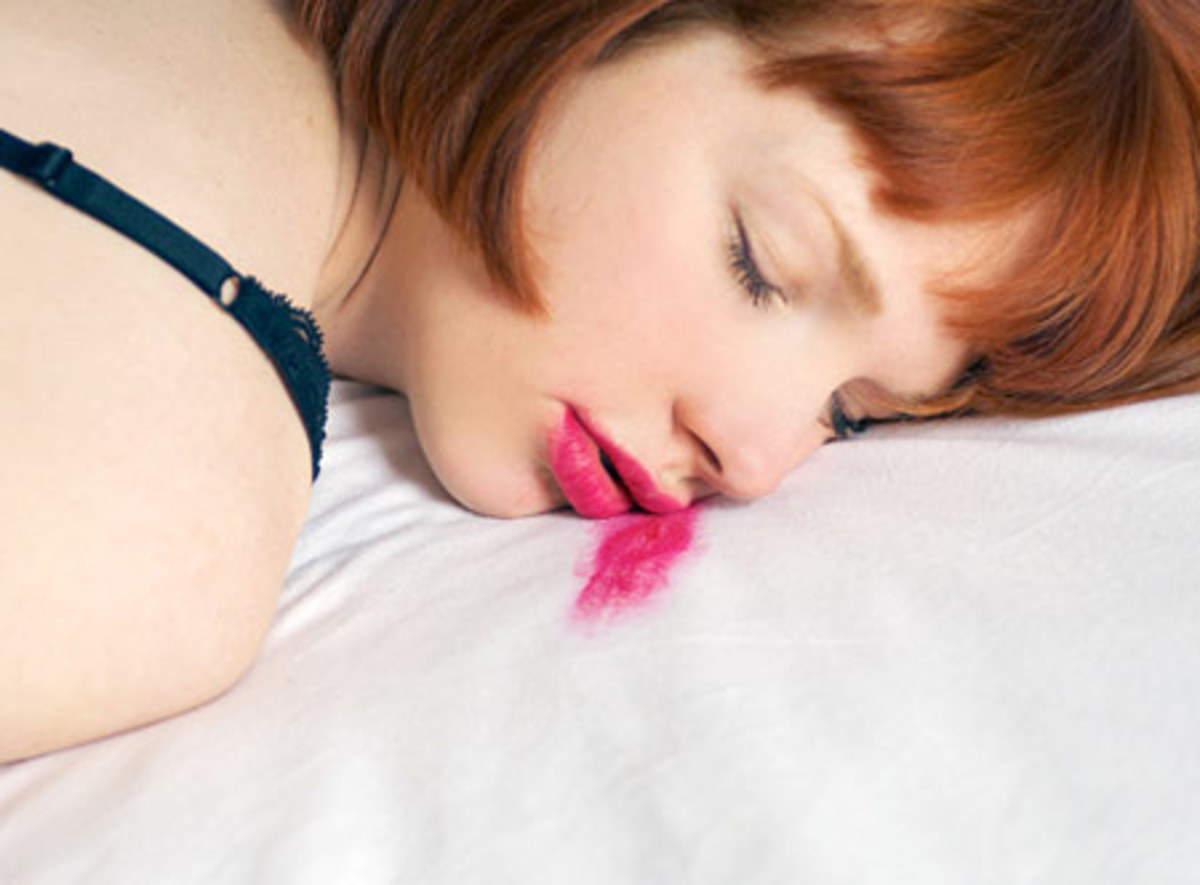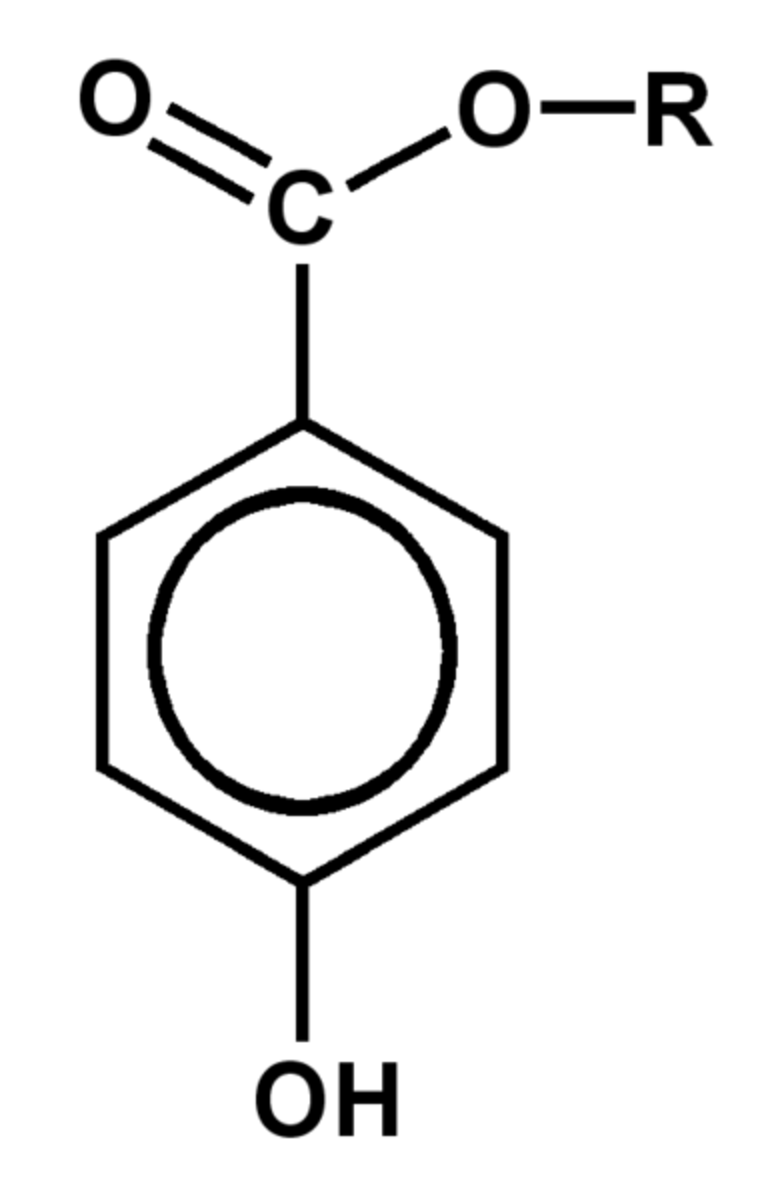Synthetic Ingredients to Avoid in Skin Care Products

Learn & Read Labels...
There are many so-called 'Natural' products on the shelves of cosmetic departments and even Health Food stores which contain one or more of the listed potentially harmful ingredients. If you want truly natural products, you have to be willing to educate yourself, read labels, and use discernment. You will be amazed at how many of these ingredients you find in the skin and hair care products you currently use. Refuse to settle for half-natural hair and skin care. Care enough about the health and well-being of you and your loved ones to avoid these in your hair and skin care products.

Then Avoid These...
1. Propylene Glycol - Propylene Glycol is found in many products that are considered natural, ‘hypoallergenic’ and in baby products that are considered to be safe and gentle, yet it contains harsh toxins. It is a synthetic petrochemical mix used as a humectant and has been known to cause allergic and toxic reactions.
Being very inexpensive it is much used by manufacturers as a filler ingredient in hair conditioners, deodorants, cosmetics, body lotions, skin creams and toothpaste. More & more, human and pet foods contain propylene glycol because it helps retain moisture. It creates a smooth glide in skin lotions and draws moisture to the outer layers of the skin, giving the appearance of moisturizing the skin.
Stated on the Material safety data sheets for propylene glycol in the handling instructions for hazardous chemicals, it is implicated in contact dermatitis, kidney damage and liver abnormalities and can also causes eye irritation, skin irritation, nausea and headaches. The American Academy of Dermatologists shows propylene glycol to be a primary irritant to the skin even in low concentrations.
2. Triethanolamine (TEA), Diethanolamine (DEA) and Monoethanolamine (MEA) – These ammonia derivatives are possibly the most dangerous chemicals to be included in personal care products as they have shown to have hormone disrupting effects. Added to soaps, bubble baths and facial cleansers, these chemicals are used to thicken and cleanse.
Not carcinogenic in themselves, when combined with products containing nitrates, a common preservative, a dangerous chemical reaction takes place leading to the formation of nitrosamines, most of which are carcinogenic. In the 1970s the Food and Drug Administration (FDA) recognized this danger and urged the industry to remove these products from its cosmetics, however an FDA report in the last 20 years found many products still contained nitrosamines.
It has been suggested that all products containing DEA and TEA be boycotted. Often used in cosmetics to adjust the pH, TEA causes allergic reactions including eye problems, dryness of hair and skin, and could be toxic if absorbed into the body over a long period of time.
3. Sodium Lauryl Sulfate and similarly, Sodium Laureth Sulphate (SLS) are found in most shampoos, bubble baths, shower gels and other cleansers as a detergent and for suds production. SLS is a strong detergent also used to degrease engines and clean garages.
Delicate tissues of the eyes have been found to be impaired by absorbing SLS, especially vulnerable to this absorption are children. SLS has been found to irritate skin tissue causing rashes and itching, corrode hair follicles, impair hair growth, cause scalp scurf similar to dandruff and cause various allergic reactions. Residual levels have been found in the heart, liver, lungs and brain.
Irritations and itching of the scalp have been relieved when a SLS-free shampoo is used. It is often on cosmetics labels espousing to be natural with the parenthetic explanation "comes from coconut" to make it appear natural though it is a synthetic ingredient.
4. Methyl, Propyl, Ethyl and Butyl Paraben – These are widely used even though they are known to be toxic. Used as inhibitors of microbial growth and to extend shelf life of products. Have caused many allergic reactions and skin rashes. Methylparaben combines benzoic acid with the methyl group of chemicals. Highly toxic. The parabens mimic estrogen and may result in reproductive damage, according to recent studies.
5. Imidazolidinyl Urea and Diazolidinyl Urea (Formaldehyde-releasing preservatives) - These are the most commonly used preservatives after the parabens and are toxic. They are well known to be a primary cause of contact dermatitis (American Academy of Dermatology). Neither of these (trade name) Germall chemicals have a good antifungal and must be combined with other preservatives. Because formaldehyde is a suspected carcinogen that can also cause irritation and allergic reactions, also avoid preservatives such as DMDM hydantoin quaternium-15 which release formaldehyde as they degrade.
6. PVP/VA Copolymer - A petroleum-derived chemical used in hairsprays and other cosmetics. It can be considered toxic, since particles may contribute to foreign bodies in the lungs of sensitive persons.
7. Stearalkonium Chloride - A chemical used in hair conditioners and creams. Causes allergic reactions. Stearalkonium chloride was developed by the fabric industry as a fabric softener, and is a lot cheaper and easier to use in hair conditioning formulas than proteins or herbals, which actually help hair health. Toxic.
8. Dibutyl phthalate - Found in nail polish and moisturizers, this hormone-disrupting chemical accumulates in the body's fatty tissue and can cause reproductive damage.
9. Synthetic Colors - The synthetic colors used to supposedly make a cosmetic "pretty" should be avoided at all costs, along with hair dyes. They will be labeled as FD&C or D&C, followed by a color and a number. Example: FD&C Red No. 6 / D&C Green No. 6. Synthetic colors are believed to be cancer-causing agents. If a cosmetic has them in it, don't use the cosmetic.
10. Petrolatum - Mineral Oil causes a lot of problems when used on the skin and Petrolatum is mineral oil jelly. It can produce photosensitivity (promotes sun damage) and can interfere with the body's own natural mechanisms to moisturize, leading to dry skin. When you use a product with petrolatum, you are using a product that creates the very conditions it claims to alleviate. Manufacturers use petrolatum because it is unbelievably cheap. It is a by-product of the oil industry.
11. Talc - Loose powders, blushes, and eye shadows can contain up to 50 percent talc, a mineral that has been linked to respiratory damage. Do not use on your babies!
12. Industrial alcohol is a major ingredient in mouthwash. The alcohol acts as a solvent in the mouth, making the skin tissues more vulnerable to carcinogens. The National Cancer Institute of America has found that mouthwashes with an alcohol content of 25% or higher have been implicated in mouth, tongue and throat cancers. Also, men had a 60% higher risk and women a 90% higher risk of these cancers compared to those not using mouthwash
13. Aluminium is a metal that is widely used in most antiperspirants, processed foods, soft drink cans, foil and cookware. It is highly recommended that we avoid the use of aerosol antiperspirants since aluminium in aerosol form may be more readily absorbed into the brain through the nasal passages.
For more extensive information on this subject visit these links:
You will learn so much about the toxic chemicals commonly used in personal care products from the compiled information on this website from the UK. It is arranged in an easy-to-read, convenient table with very good cross-linking for explanations of the chemicals, their effects and hazards.
http://www.health-report.co.uk/ingredients-directory.htm
Bookmark this one! Natural Skin Care Authority is a treasure trove of information, very well organized. You can spend a lot of time at the Cosmetic Chemicals Watch-List: The "A" to "Z" Of Toxins in Skin Care.
http://www.natural-skincare-authority.com/cosmetic-chemicals.html









